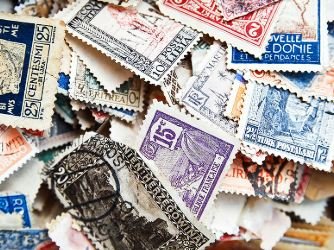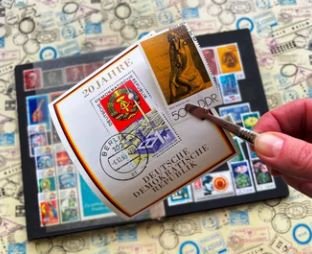Postal history is a fascinating field that provides a window into the past, offering insights into the development of communication systems, historical events, and the everyday lives of people. For researchers and enthusiasts, postal history research resources are essential tools for exploring this rich area of study. These resources provide access to stamps, letters, postmarks, and archival materials that can unravel important stories and historical narratives. However, while these postal history research resources offer valuable information, they also come with their own set of limitations and challenges. In this article, we explore both the rich discoveries and the frustrating limitations of using postal history research resources.
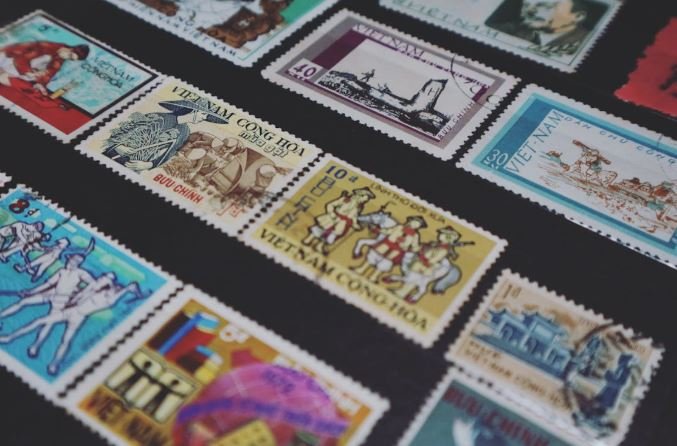
The Rich Discoveries Within Postal History Research Resources
The world of postal history is full of incredible discoveries waiting to be uncovered. With the help of postal history research resources, researchers can dive deep into the evolution of postal systems, tracing how mail was delivered, what stamps were used, and how communication technology progressed over time. These resources are rich in detail and offer fascinating glimpses into historical events, economies, and cultures.
One of the most rewarding aspects of postal history research resources is the ability to piece together the stories behind individual letters and postal items. For example, studying early letters from war zones can provide a unique perspective on the experiences of soldiers and civilians during conflicts. Similarly, examining postal routes can reveal how people traveled and communicated across vast distances, offering a broader understanding of historical migrations and exchanges.
Additionally, postal history research resources include archival records and catalogs that allow researchers to trace postal markings, cancelations, and rates. By studying these, collectors and historians can pinpoint important shifts in postal practices and uncover previously unknown aspects of history. Some postal history research resources even offer digitized collections of rare stamps, postal documents, and historical correspondence that were once accessible only through physical archives.
These resources can provide valuable information on various historical periods and geographical areas, making them indispensable for anyone researching specific topics within postal history. The discoveries that can be made through the use of postal history research resources often lead to fascinating revelations that enhance our understanding of the past.
Frustrating Limitations of Postal History Research Resources
While postal history research resources offer rich discoveries, they are not without their limitations. Researchers and collectors often encounter challenges when trying to access, interpret, or fully utilize these resources. One of the major frustrations is the scarcity of available materials. In some cases, important documents or stamps may have been lost over time, and what remains is often incomplete. This can be particularly challenging for researchers focusing on specific historical periods or regions, as gaps in the record can lead to difficulties in forming a complete picture.
Another limitation of postal history research resources is the lack of standardization in archival systems. Many archives and institutions house collections of postal materials, but these collections can be disorganized, poorly indexed, or inadequately preserved. Without proper cataloging or easy access, researchers may struggle to find specific items within these archives, which can lead to wasted time and missed opportunities for discovery. Additionally, because postal history research often spans many centuries and regions, researchers might need to access multiple archives or institutions, each with its own challenges.
Digitized postal history research resources are a valuable tool, but they too come with their own set of limitations. Although some collections have been made available online, not all resources are digitized, and the quality of digitized materials may vary. Older documents and stamps, for example, may not be scanned in high enough resolution to be fully legible, making it difficult to extract meaningful information. Moreover, some rare or highly specialized items may not be included in digital collections at all.
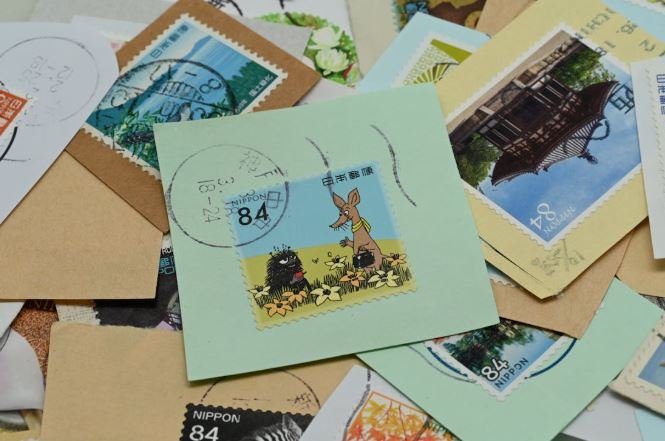
The financial cost of accessing some postal history research resources can also pose a barrier. Some researchers or collectors may need to pay significant fees to access rare archives or purchase specialized catalogs, which can limit the accessibility of these resources to those with sufficient funding. This economic limitation can be especially frustrating for independent researchers or hobbyists who may not have the budget to engage with certain collections or materials.
Strategies for Overcoming the Limitations of Postal History Research Resources
While the limitations of postal history research resources can be frustrating, there are strategies to overcome these challenges. First, researchers can take advantage of local libraries, museums, and historical societies, which often have lesser-known collections of postal materials not available through major archives or digital platforms. These smaller, more specialized resources can sometimes provide access to valuable research materials that are not found elsewhere.
Another effective strategy is to connect with other postal history enthusiasts, researchers, and experts. By joining philatelic societies or online forums, researchers can share information, trade insights, and exchange resources. These networks can help researchers track down elusive documents, gain access to rare collections, and solve difficult research puzzles.
Crowdsourcing is also becoming an increasingly popular tool for tackling gaps in postal history research resources. By collaborating with other researchers, historians, and collectors, it’s possible to build a more comprehensive record of postal history. This collaboration can help fill in missing pieces and provide fresh perspectives on unresolved questions. Many philatelic organizations and online platforms encourage users to contribute to ongoing research projects, which can lead to richer and more complete resources.
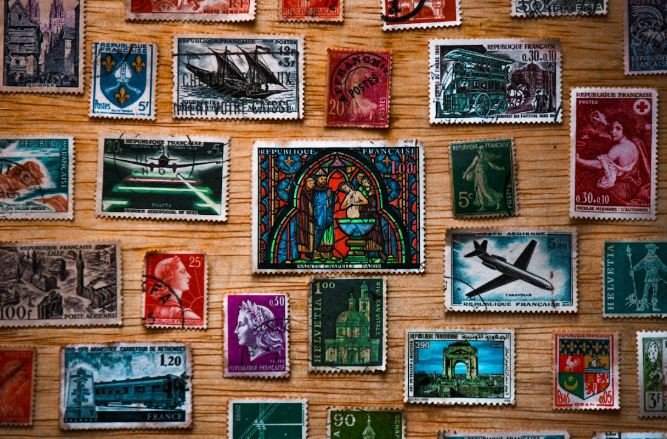
In addition to the broader scope of postal history research resources, another fascinating area to explore is local postal history. Local postal systems and routes often offer unique insights into regional development and communication patterns that can be overlooked in larger, national studies. For those interested in delving into this specific aspect, our article on Exploring Local Postal History provides a detailed guide on how to begin researching postal history at the local level. This resource will help you understand the significance of local mail routes, post offices, and regional postal innovations that have shaped communication within smaller communities.
Conclusion
In conclusion, postal history research resources offer immense value, with the potential for rich discoveries that shed light on important historical events and societal developments. However, these resources come with inherent challenges, including gaps in the historical record, difficulties in accessing materials, and the costs associated with research. By understanding both the strengths and limitations of these resources, researchers and enthusiasts can maximize their potential and uncover fascinating insights into the history of communication and postal systems.
While postal history research resources may present frustrations at times, the journey of discovery is well worth the effort. Whether you are a professional historian, a stamp collector, or simply a curious enthusiast, the world of postal history offers a wealth of information waiting to be explored. Embrace the opportunities, navigate the limitations, and let the fascinating world of postal history unfold before you.


